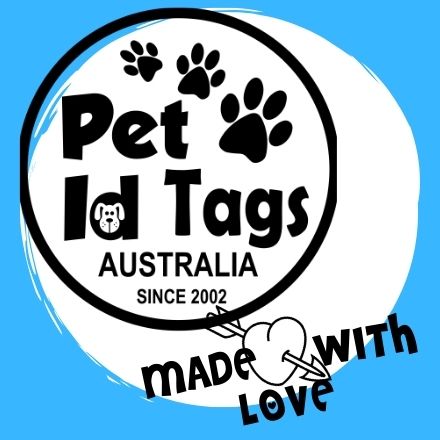West Highland White Terrier

Origin
West Highland White Terriers were bred to hunt otters, foxes and vermin. They share their ancestry with the Scottie, Cairn and Dandie Dinmont terriers. From the rough-coated terrier stock in Scotland, white whelps were selected to form this breed. Records show that James 1, King of England in the 1620's requested some 'little white earth dogges' out of Argyleshire in Scotland and these were possibly Westies! Col Malcolm of Poltalloch, Argyleshire, accidentally shot and killed his favourite terrier (a dark coloured one) and vowed from then on only to have white dogs. He may have been the originator of the Highland Terrier but at that time they were called Poltalloch Terriers. The Duke of Argyll's estate at Dumbartonshire was called Roseneath and in the 19th century, Westies were known as Roseneath Terriers in honour of his patronage and interest. In the first organised dog shows in the late 1800's they were known as White Scottish Terrier until 1904 when they were classified under the name of West Highland White Terrier.

Description
The beautiful, shaggy coat, button nose and small, erect ears give this breed a cute and cuddly image. Their bodies are compact and their heads have a fox-like appearance. The coat, however, is their hallmark: a double coat, the outer coat being straight, hard hair and the under one being soft and plentiful. Their movement is free, straight and easy.
| Size | Small |
| Colour | The breed is always white. |
| Coat Length | Short Medium |
| Weight/Height Range | Both dogs and bitches measure between 25 to 28 cms, weighing between 7 to 10kgs. |
| Ailments | Westies are generally hardy little dogs with few breed-specific problems being reported. Some Westies are prone to skin ailments and deafness. |
| Breed Classification | West Highland White Terriers belong to the terrier group and are today used as companions, in obedience trials and in the show-ring. |
Feeding & Ownership
This breed is easy and relatively inexpensive to feed.
| Food Cost | $5 to $10 |
| Other Expenses | Their grooming cost will have to be considered as they need stripped by a professional 2 or 3 times a year. |
Personality
West Highlands are cheeky, confident and affectionate characters. They are alert and courageous, making them good guard dogs. They can also be cunning and stubborn but are totally loyal to their families. They make excellent playmates for children both indoors and outdoors because they can withstand rough play and get on reasonably well with others of their breed. However, they must be introduced to cats when they are young as they will chase them once they get older. Early social training is imperative if they have to live with other dogs as they can be rather dominant.
| Intelligence | Westies are intelligent but can be rather naughty so remain consistent in their training. |
| Energy | Medium |
| Suitability for Children | High |
| Tendency to Bark | Medium |
| Overall Exercise Requirement | Westies need exercise. They are energetic little dogs who love to play with a ball. They enjoy digging and some do wander off, so make sure the garden is well-fenced. |
| Suitability as a Guard Dog | Medium |
| Ease of Transportation | High |
| Level of Aggression | Medium |
| Other Animal Compatibility | Medium |
Grooming
Westies' coats are hard so they must not be bathed too often. When the dogs get dirty it is best to let the mud dry on them and brush it off when dry. The coat needs to be hand plucked two or three times a year by a professional groomer. A weekly groom is all that is needed to get rid of the loose hairs.
| Grooming Requirements | Once a week |
| Amount of Hair Shed | Moderate |

 MAKE SURE YOUR PET IS EASILY IDENTIFIED
MAKE SURE YOUR PET IS EASILY IDENTIFIED 